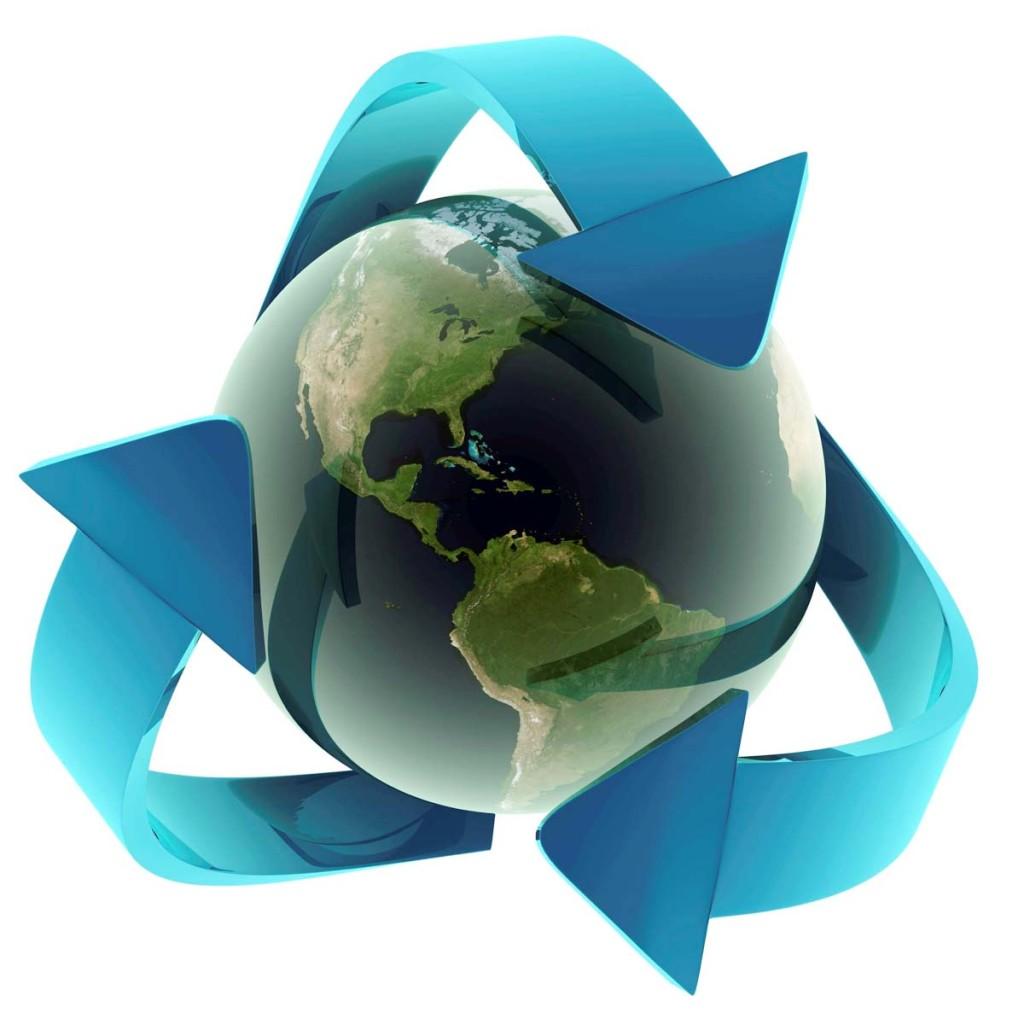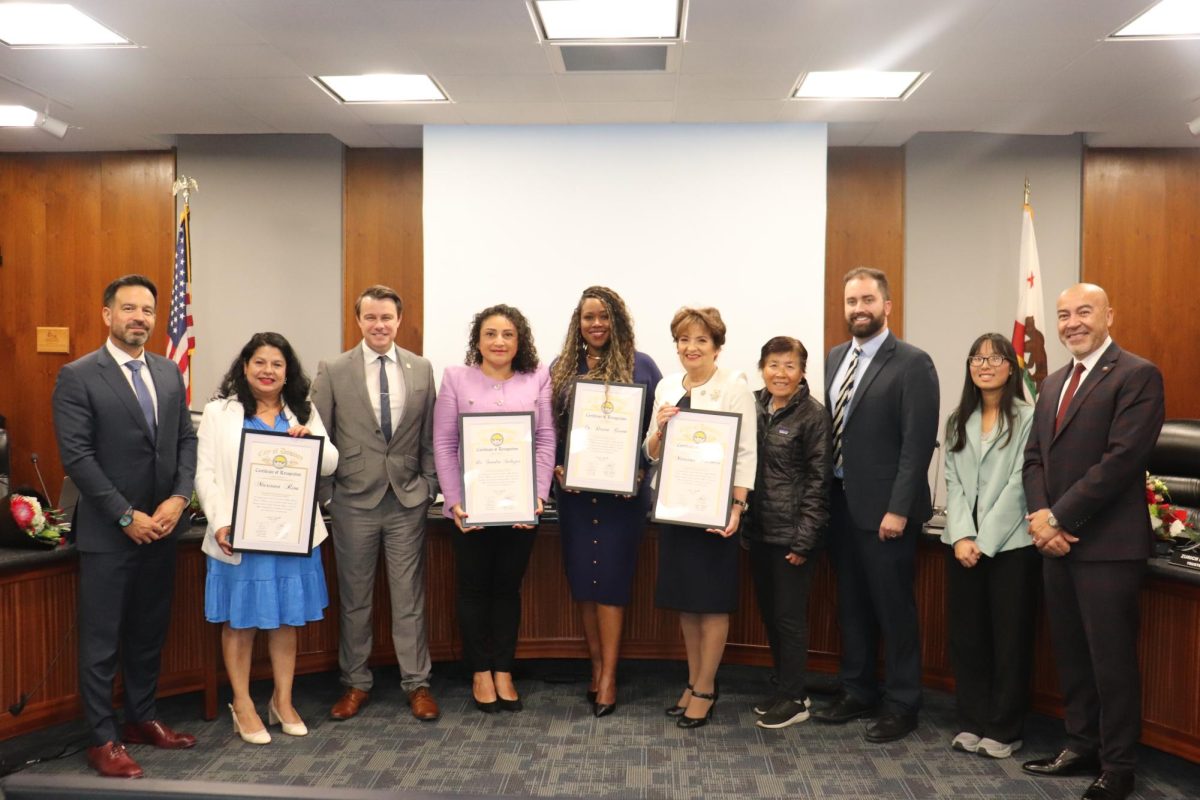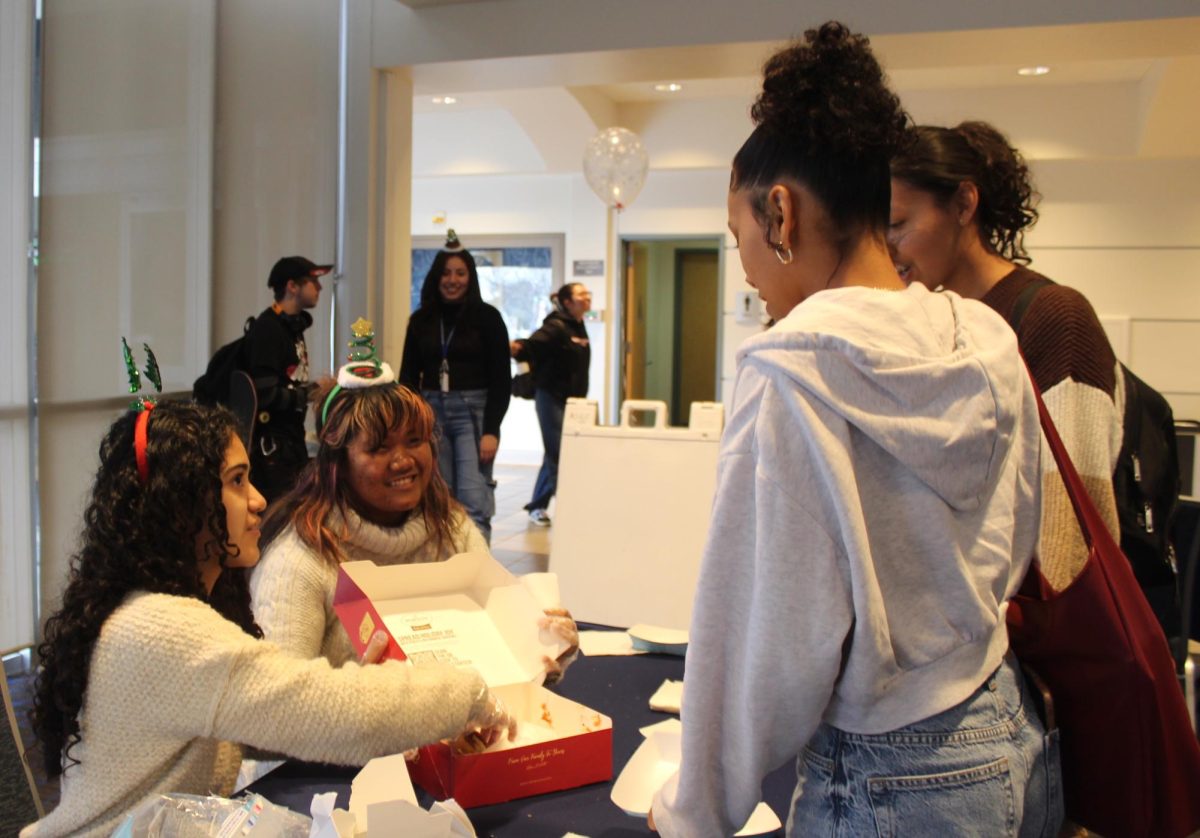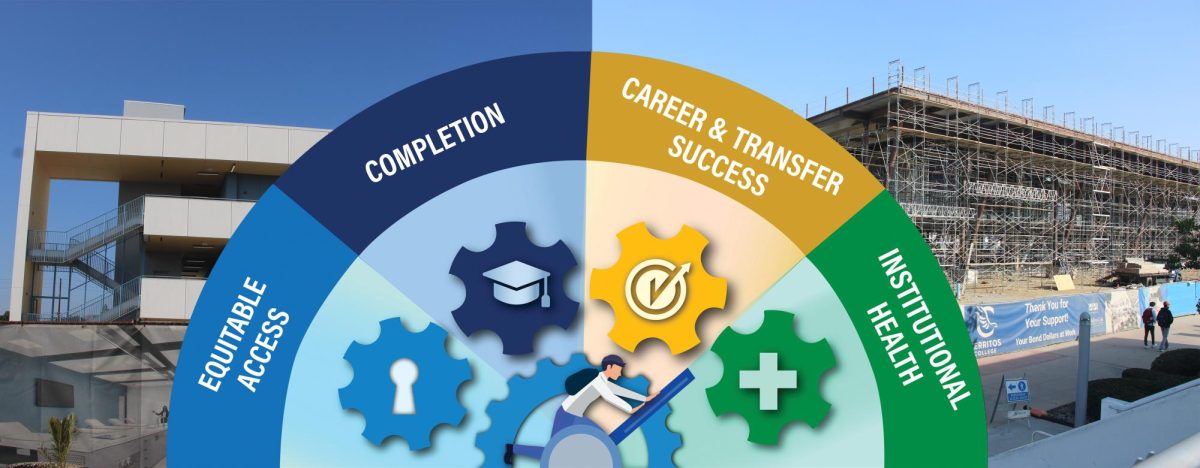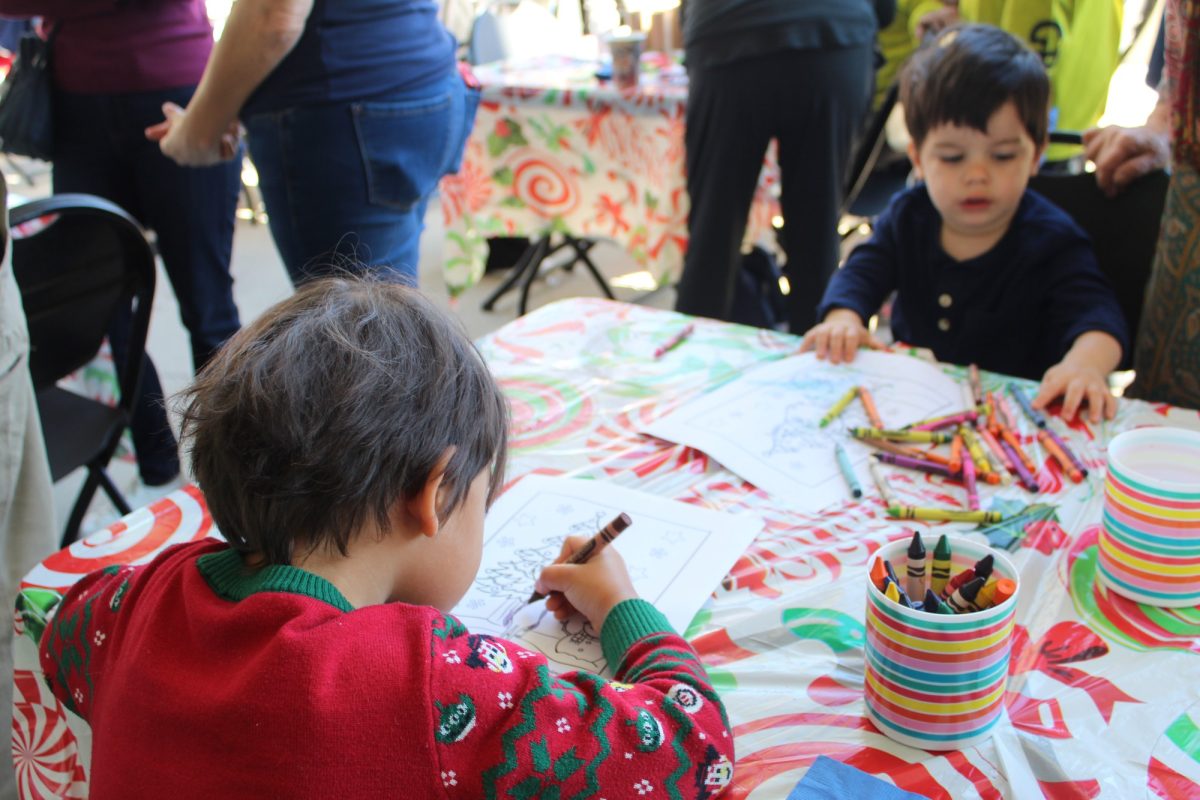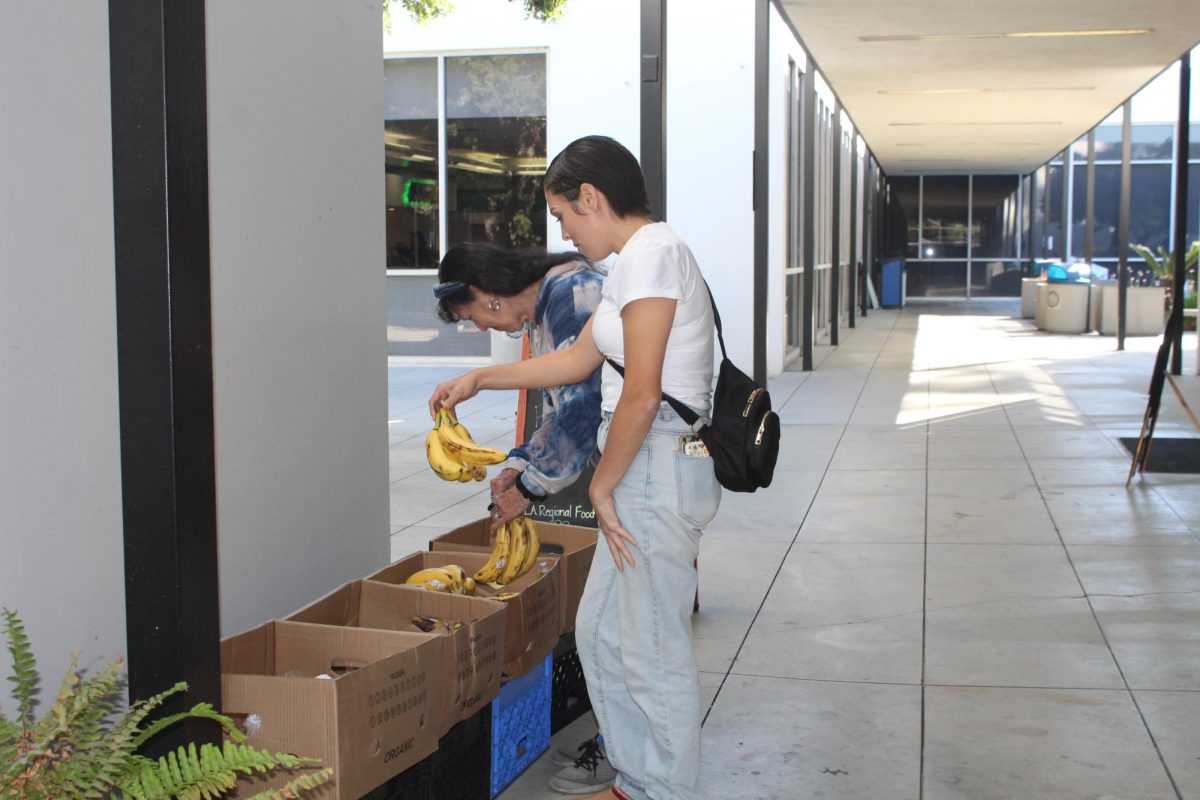The dead will walk the earth in parts of Latin America on Nov. 2 for the Mexican holiday “Dia de los Muertos.” At Cerritos, students and faculty got an early taste of the celebration last Tuesday.
The Society of Hispanic Professors coordinated the event on the Hill and in Falcon Square to teach people about how Mexican culture celebrates life and deals with death.
“Dia de los Muertos” literally translated means “Day of the Dead” in English and the day truly is all about death.
This Mexican holiday honors those who have passed on and is based on Aztec, Mayan and Spanish beliefs.
It addresses death by celebrating the lives of those that have passed while also giving them “ofrendas,” or offerings in Spanish.
These offerings are presented at altars that the family and friends of the deceased make and decorate with colorful symbols of life and death.
“It’s very common to see ofrendas for children,” said Niurka Medina-Valin, co-founder of the Society of Hispanic Professors. In second and third world countries.
Many groups from Cerritos made an effort to give back to the dead. Students from the EOPS AIM program set up their own altar on stage at the hill.
“They put candy up there, literature, traditional Mexican dolls, someone even baked a cake,” said Henrietta Hurtado, counsellor for EOPS/AIM. She says that it’s a great way to instill pride in her students.
Anything left at these altars are meant for the dead but at the end of the celebration, the family of the deceased will reclaim their offerings, especially when it’s food.
“It is said that the muertitos (dead in Spanish) only eat the essence of the food,” said Professor Medina-Valin.
The food presented also represents death among other things. Bread and corn products are representative of flesh and salt is a protective gift used to ward off bad spirits.
Confections shaped as symbols of death are even used to show fearlessness and acceptance. “Indirectly, you’re telling death I don’t fear you, I can eat you,” said Medina-Valin.
Mexico’s treatment of death isn’t what most westerners would call normal, but many cultures around the world see the lighter side of death and have their own ways of celebrating ancestral ties and mourning the dead in a positive way.
“We all die, so why should we be afraid of death? We know it’s coming so let’s celebrate life,” added Medina-Valin.
Puente Club was also part of the celebration by setting up their own altars and vending Mexican food to raise money for a trip to Northern California.
Puente Club vice president Rigo Arenas said that for him the holiday’s purpose was “To remember our dead, you know they’re gone but they’re still in our heart, people still love them.”
One of the main beliefs of the Day of the Dead is that if people are still talking about you, that you are still alive in this world in some way. So remembering and talking about the lives of those who have passed on is the most important part of this holiday.


